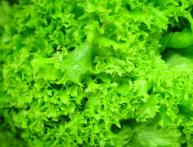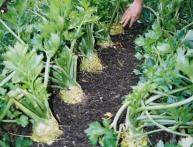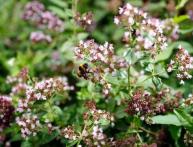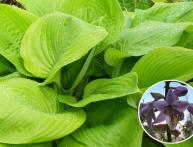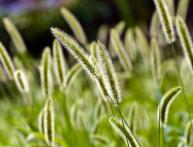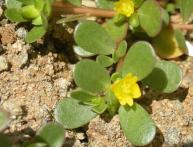Loosestrife

Loosestrife is a very interesting plant that has its own history and legend. Many claim that this plant appeared at the site of the execution of Jesus Christ, when the Blessed Virgin Mary mourned him. The loosestrife with its leaves is similar to willow, which is why it has its name.
On the back of the leaves of this plant there are stomata, through which the plant removes excess moisture. This is why the merlin seems to be crying. This is what is associated with the second name of the plant - weeping grass. Among the people you can also find other names - God's grass, weeping root, coastline, grandfather's grass, bog reed.
Derbennik is perennial herbaceous plant, which can reach 170 cm in height. The plant is widespread throughout Ukraine and Russia. Merlin blooms from mid-summer to September. The flowers of this plant are purple-lilac.
In order for the loosestrife to have healing properties, it must be collected during the flowering period. To do this, cut off the tops of the stems along with the flowers with scissors, and then dry them in the open air under a canopy.
Loosestrife contains tannins, polyphenols, flavonoids, glucosides, resins, tannins, mucus, and pectins. Thanks to its constituents, the plant has hemostatic, anti-inflammatory, astringent, antiseptic, sedative and wound-healing effects. This plant is widely used in folk medicine.It is used for bleeding, gastrointestinal disorders, colds, noise in the head, high fever, and diseases of the nervous system.

